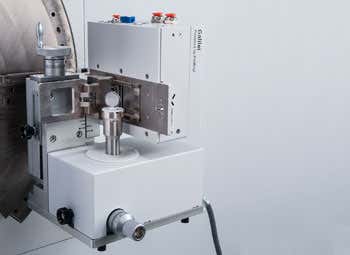XRD Detectors
State-of-the-art technology
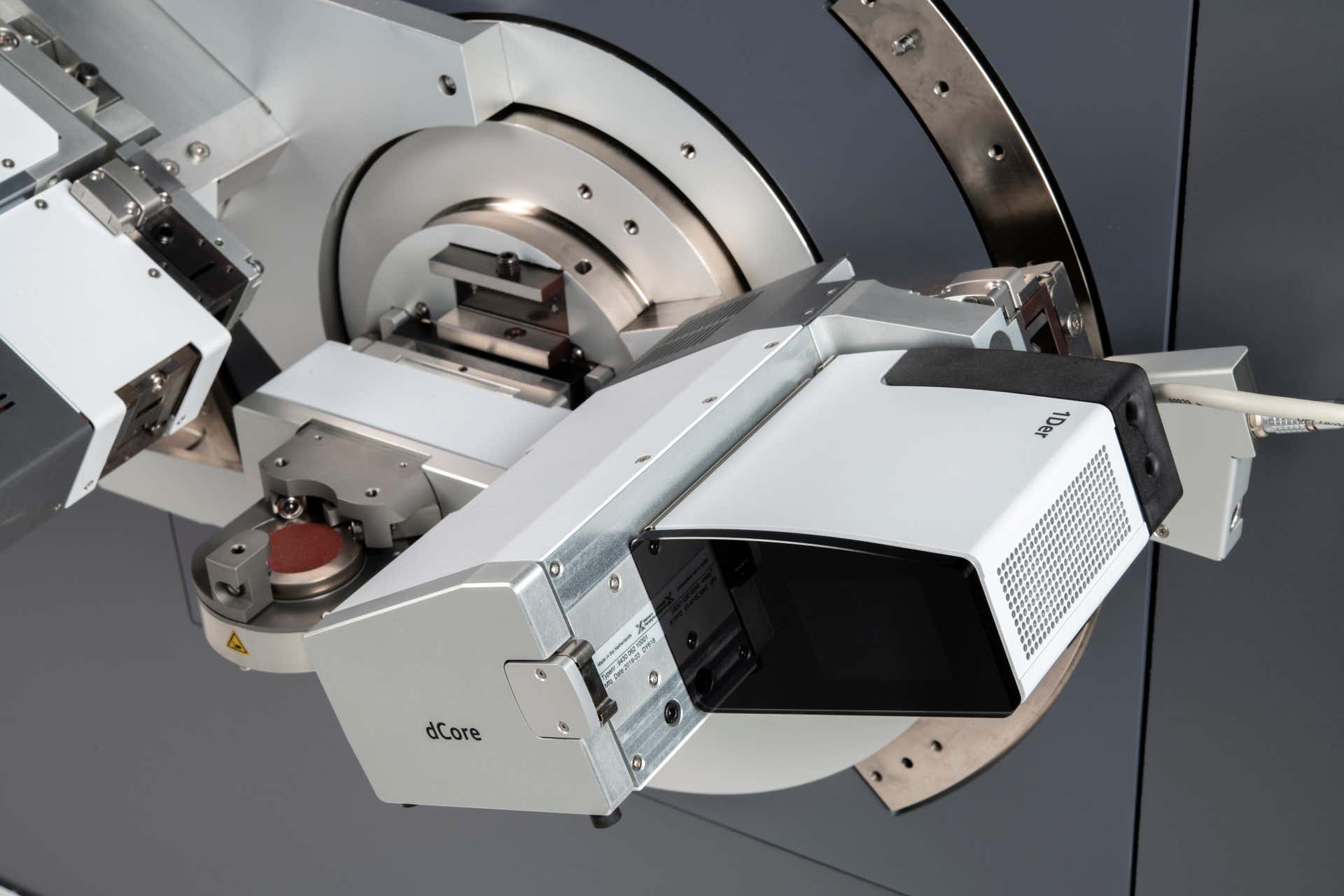
State-of-the-art technology

Malvern Panalytical has always been at the forefront of hybrid detector technology.
We were the first company to introduce combined 0D and 1D functionality in silicon strip detectors and to expand the onboard flexibility to 0D-1D-2D-3D. The small pixel size, zero background, and the high dynamic range of our hybrid detectors bring with them a revolution in the way XRD applications are treated. No longer is it necessary to maximize intensity or XRD 2D detector size.
With a choice of optics and operational radii, you can optimize the configuration to really suit your purpose.
Our range of detectors are our answer to the challenges of modern materials research, where the lifetime of an XRD diffractometer is considerably longer than the horizon of any research project.
We sell the Pixirad detectors as a top-of-the-range option for the Empyrean X-ray diffraction (XRD) instrument, used for various materials analysis applications.
Hybrid detector technology is dynamic and fast moving. We make it our business to keep at the forefront of the technology and to embrace the new opportunities that arise.
With our in-house detector development, you can be sure that our detectors are fully compatible with our X-Ray diffractometer platforms and are designed to be fit for purpose.
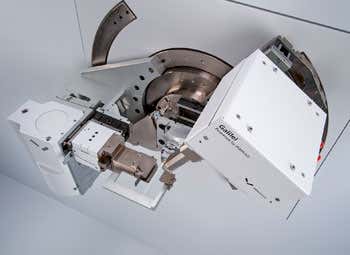
With our Data Collector instrument control software, changing between detector modes for 0D, 1D, 2D and 3D applications is easy and intuitive. You have real-time access to the measurement and can monitor scans and 2D frames as your data are collected.
Data file formats are prepared for you according to your analysis requirements and are assured to be compatible with our analysis software. Read more about data collection in our Data Collector brochure.
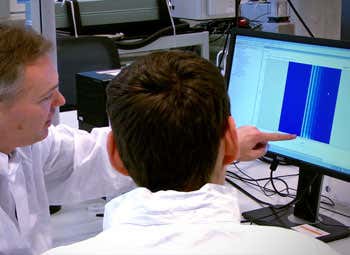
In 0D, 1D and 2D scanning modes the 2θ angular range of the detectors extends to the full range of the diffractometer removing the need to stitch static images. Effectively the detector becomes a cylindrical position-sensitive detector (PSD) with the versatility to accommodate different goniometer radii. In static 1D and 2D imaging modes, the range of a single shot image is maximized to suit the experiment thanks to our selection of radius reduction arms.
For 3D measurements such as Computed Tomography (CT), a special kit provides a sample mount in close proximity to the detector maximizing the range of the measurement whilst utilizing the natural resolution afforded by the point spread function of one pixel and small pixel sizes of the GaliPIX3D and PIXcel3D detectors.

For the highest resolutions with a triple bounce analyzer to measure reciprocal space maps and rocking curves, the detector is used in 0D mode and 2θ angular resolutions of 0.001 o are routinely achievable on all platforms.
For scanning experiments, a large selection of enhanced angular resolutions is available, thanks to the variable incident beam optics and diffracted beam monochromators supported by our modular PreFIX system. For static and scanning measurements the small pixel size of our detectors affords the highest spatial resolution on the market and this combined with a variety of diffractometer radii up to 420 mm, you are sure to find an experimental angular resolution to suit your purpose.
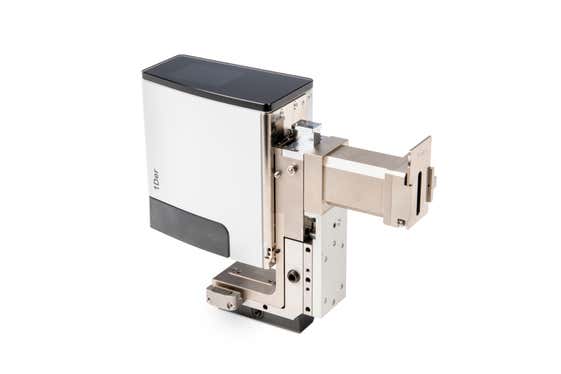
With our own in-house tube manufacture alongside our own detector production application developments can work hand in hand to provide you with options to match your analytical ambitions. With the new GaliPIX3D detector for hard radiation, we are committed to expanding the range of higher energy XRD experiments that can be performed on our flagship Empyrean multipurpose diffractometer.
The PIXcel3D and PIXcel1D detectors are optimized to cover all applications using radiation from Cu to Cr. The new 1Der detector covers 0D and 1D applications with any wavelength of radiation. In combination with a range of tubes and optical components, our detectors offer a choice of strategies to combat unwanted fluorescence. In particular, the 1D detector with its programmable energy window, together with Empyrean’s unique incident beam optics, enables the exclusion of the largest range of fluorescing elements ever, without the need for a diffracted beam monochromator.
